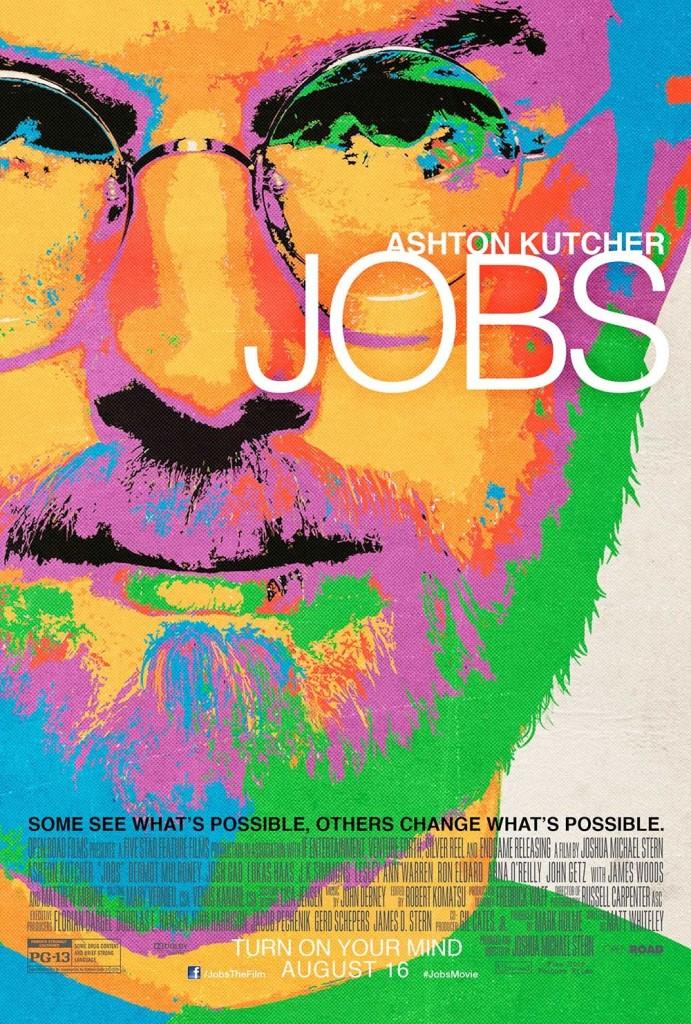The legacy Steve Jobs left after his death in 2011 appears in nearly every backpack and pocket in school; devices so genius and insidious in how society functions that they have now become as monotonous and trivial as a microwave. With candy colored iPhone 5c and 5s in the horizon, the homage to Jobs feels appropriate. Additionally, for the second year, Legacy will incorporate iPads into its educational system, proving how far Jobs’s influence breaches past the homes and hands of more than half of America’s population. Apple products influence the way people learn, think and discover new information.
Jobs shows the audience a world without Macs, iPhones (or cell phones for that matter, not even the most archaic of flip phones) and “music-playing devices,” as described by Jobs in the film — “The iPod”, an invention that revolutionized technology and the world. Jobs introduced the world to the personal computer, made for every kind of person.
Ashton Kutcher plays a young Steve Jobs, barefoot and without deodorant at Reed College in Portland, Ore., a seemingly aspiration-less young adult who, after being advised to take a few engineering and design courses at Reed, works as a video game engineer. From there, Jobs partners with Steve Wozniak (played by Josh Gad), creating the first Apple keyboard and, later, computer. The rest is business, history and billions of dollars.
Additionally, the film delves into the scarily aggressive world business. While the movie depicts Jobs as a revolutionary, it also rawly exposes him as manipulative and selfish as well as the keen, strategic business and competition with innovators like Bill Gates.
Much like “The Social Network” (2010) guides the viewer through the history of how Facebook became the primary in the hierarchy of networking (not so much anymore), Jobs exposes the inner workings, business deals and often conniving schemes that led to the creation of the Apple empire. The film exposes the evolution of Steve Jobs’ creative ventures, innovating what would become the shiny silver computers that line the walls in the journalism room or the sleek, modern and user-friendly iPads that shine on students’ faces while typing up essays or, more likely, sneaking messages from iPhones.




